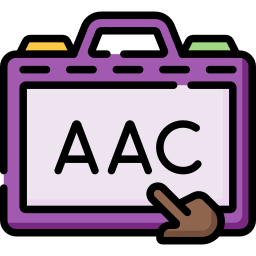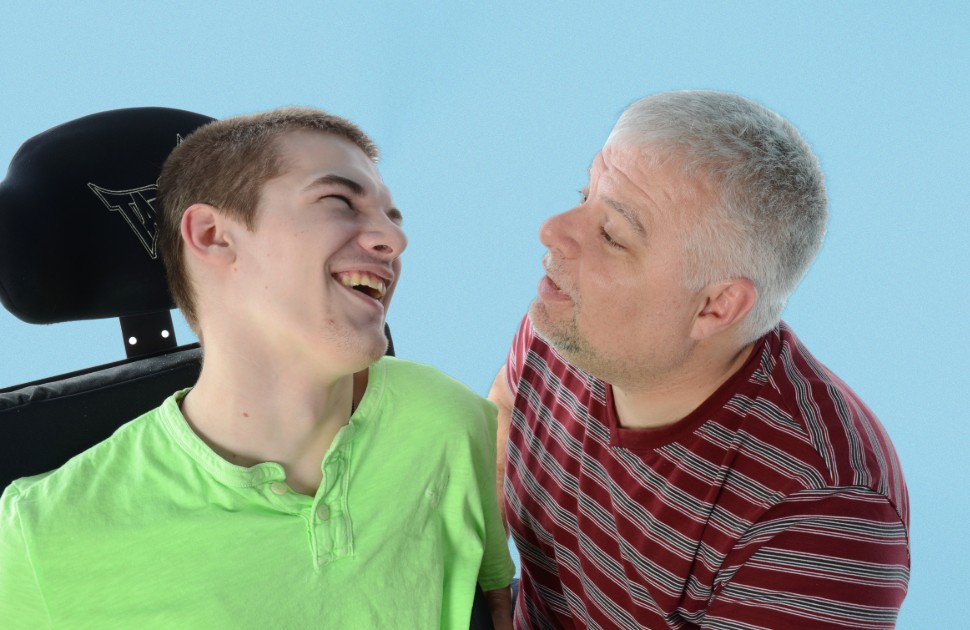
Jump to the information you need
Language development
Language refers to how we use words to communicate with others, and can include both spoken language, or written language, including the use of Augmentative and Alternative Communication (AAC) devices. Using and understanding vocabulary, grammar, sentence structure and story-telling all are a part of language.
|
Early childhood development (0-5) |
|
First Words: The Hanen Centre
|
|
School-age (6-17) |
| Find resources and supports for school-age children through your child or youth's school board. |
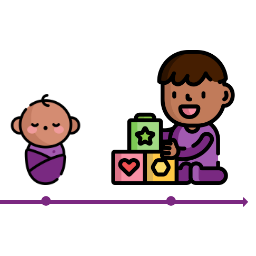
Speech
Speech refers to how we say sounds or words. Speech encompasses the following areas: articulation (specific sounds such as ‘k’ or ‘g’), motor speech (movement patterns for speech), stuttering or voice (vocal quality).
For more information about the difference between speech and language, visit ASHA Speech and Language.
Find information and resources below to support a child or youth's speech at every stage and age.
|
All ages (0-17) |
|
Resources: |
|
Early child development (0-5) |
|
Speech and Language Pathologists at CHEO evaluate and treat children with communications needs related to:
|
|
School-age (6-17) |
|
CHEO School Based Rehabilitation Services (SBRS) provides Speech-Language Pathology support to school-age children with any of the following difficulties:
For concerns related to mild articulation difficulties, language skills, use of AAC devices, or literacy (reading and writing), please refer to your child’s school board for support. For more information about the difference between speech and language, click on the resource below. |

Articulation
Articulation refers to how we say specific sounds, such as ‘k’ or ‘g’. For more information and tips to support your child’s articulation skills at home, see the resources below.
|
All ages (0-17) |
|
Early childhood development (0-5) |
|
School-age (6-17) |
|
CHEO School Based Rehabilitation Services (SBRS) provides Speech-Language Pathology support to school-age children with moderate-severe articulation difficulties (3 or more sounds in error). Resources for parents Resources for teachers:
|
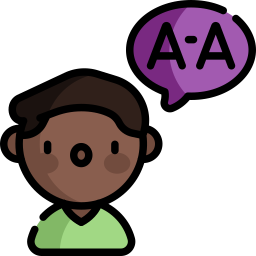
Motor speech
Motor speech refers to the movement patterns to produce speech. Motor speech difficulties can be a result of muscle weakness, difficulty with coordination or challenges with planning of movement patterns, resulting in unclear speech.
For more information about motor speech and CAS, look at the resources below.
|
Early childhood development (0-5) |
|
School-age (6-17) |
|
CHEO School Based Rehabilitation Services (SBRS) provides Speech-Language Pathology support to school-age children with motor speech difficulties, such as Childhood Apraxia of Speech (CAS). Resources: |
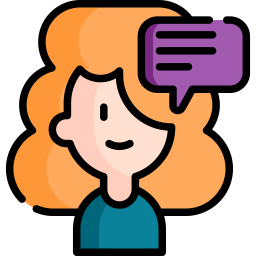
Stuttering
Disfluency refers to interruptions in our natural flow of speech. Disfluencies can be typical or atypical. Find resources below for more information on typical versus atypical disfluency patterns.
Even if the child knows what they want to say, they may stutter which can look like:
- Repetition of sounds (t-t-t-two)
- Repetition of syllables (so-so-so-soccer)
- Blocks: no sound or airflow
- Prolongations (I ssssssssaw you)
The resources below provide information on a variety of topics related to stuttering.
|
Early childhood development (0-5) |
|
Why is my child stuttering - First Words How to help a child who stutters - First Words Preschool stuttering - Leeds, Grenville & Lanark District Health Unit |
|
School-age (6-17) |
|
Resources for parents, family members and friends: Resources for teachers
Inspiration for those who stutter |
![]()
Voice
Voice disorders occur when quality, pitch, and loudness differ from an individual’s typical voice. A voice disorder is present when an individual expresses concern about having an abnormal voice that does not meet daily needs (even if others don’t perceive it as different).
For tips on how to maintain a healthy voice, see the resources below.
|
All ages (0-17) |
|
Resources: |
|
School-age (6-17) |
|
CHEO School Based Rehabilitation Services (SBRS) provides Speech-Language Pathology support to school-age children with voice difficulties, such as rough, hoarse or whispery vocal quality, atypical nasality, or nasal air emission (air escaping through the nose). A report from an Ear Nose and Throat (ENT) physician is required to receive voice support through our program. |
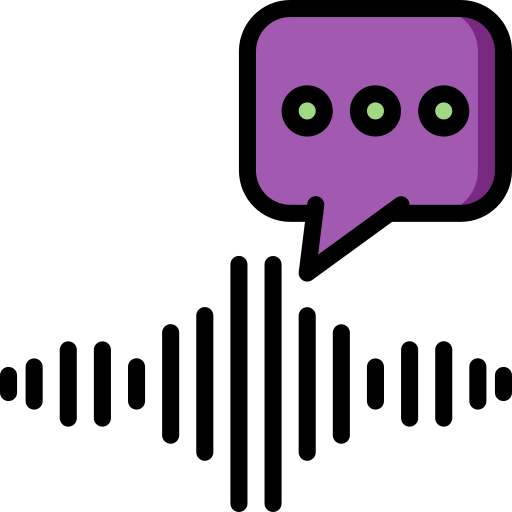
Augmentative and Alternative Communication (AAC)
Augmentative and Alternative Communication (AAC) refers to communication methods that supplement or replace speech or writing. These can include non-verbal communication techniques such as facial expressions, eye gaze and gestures, as well as systems and devices such as:
- communication displays with pictures/symbols/words
- electronic expressive communication devices with voice output ("Speech-Generating Devices")
- adapted computer systems
Visit CHEO's Clinic for Augmentative Communication page to learn more.
